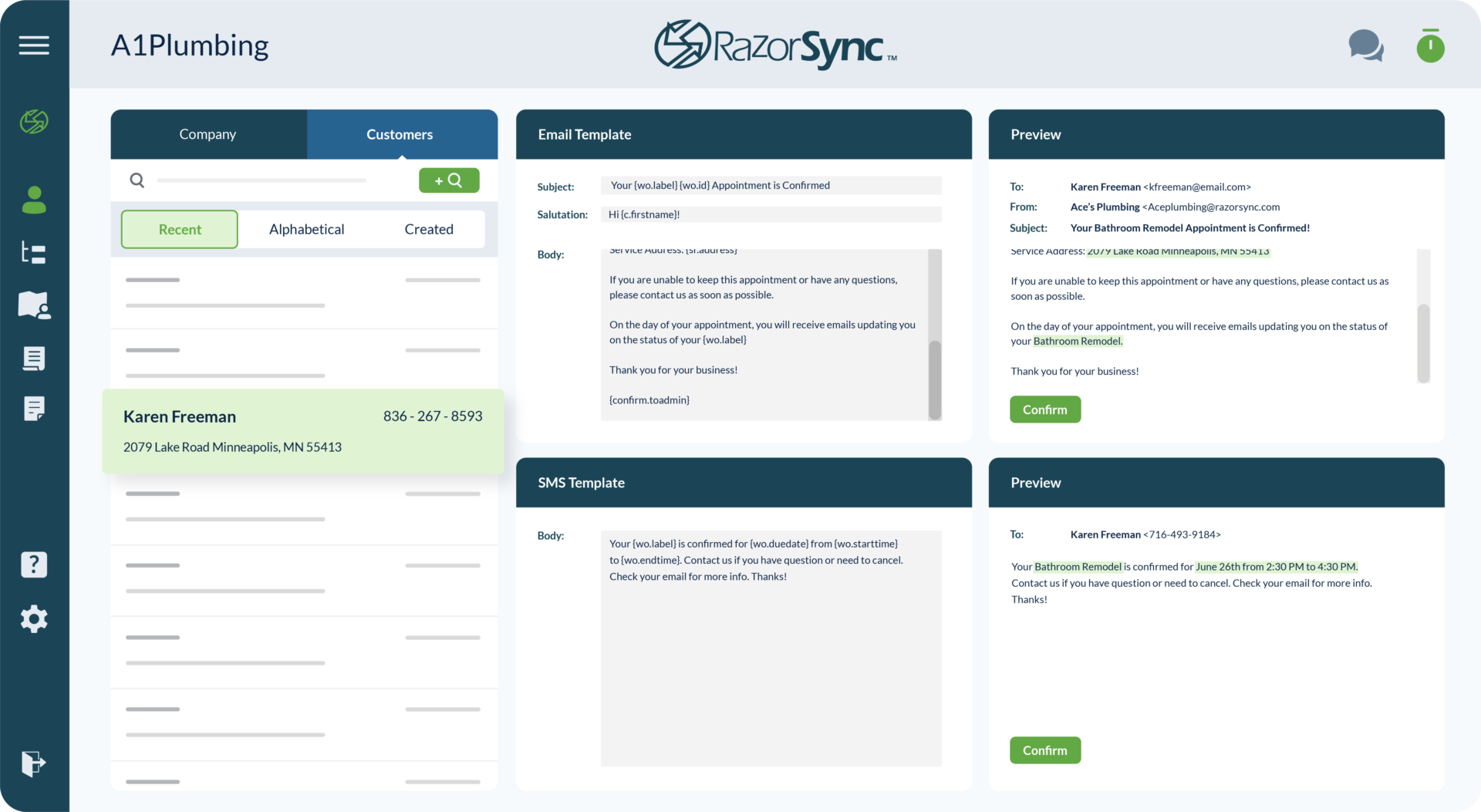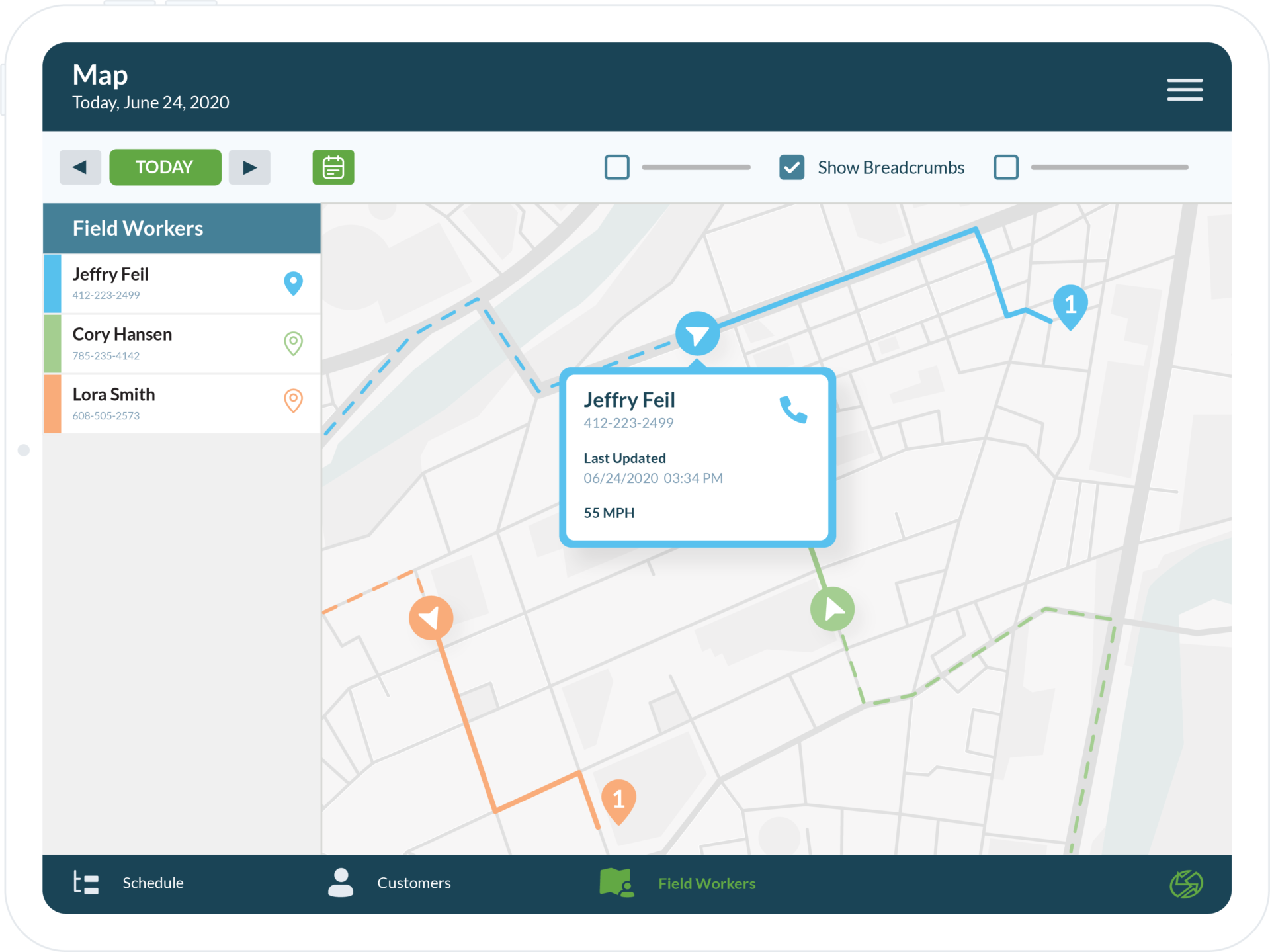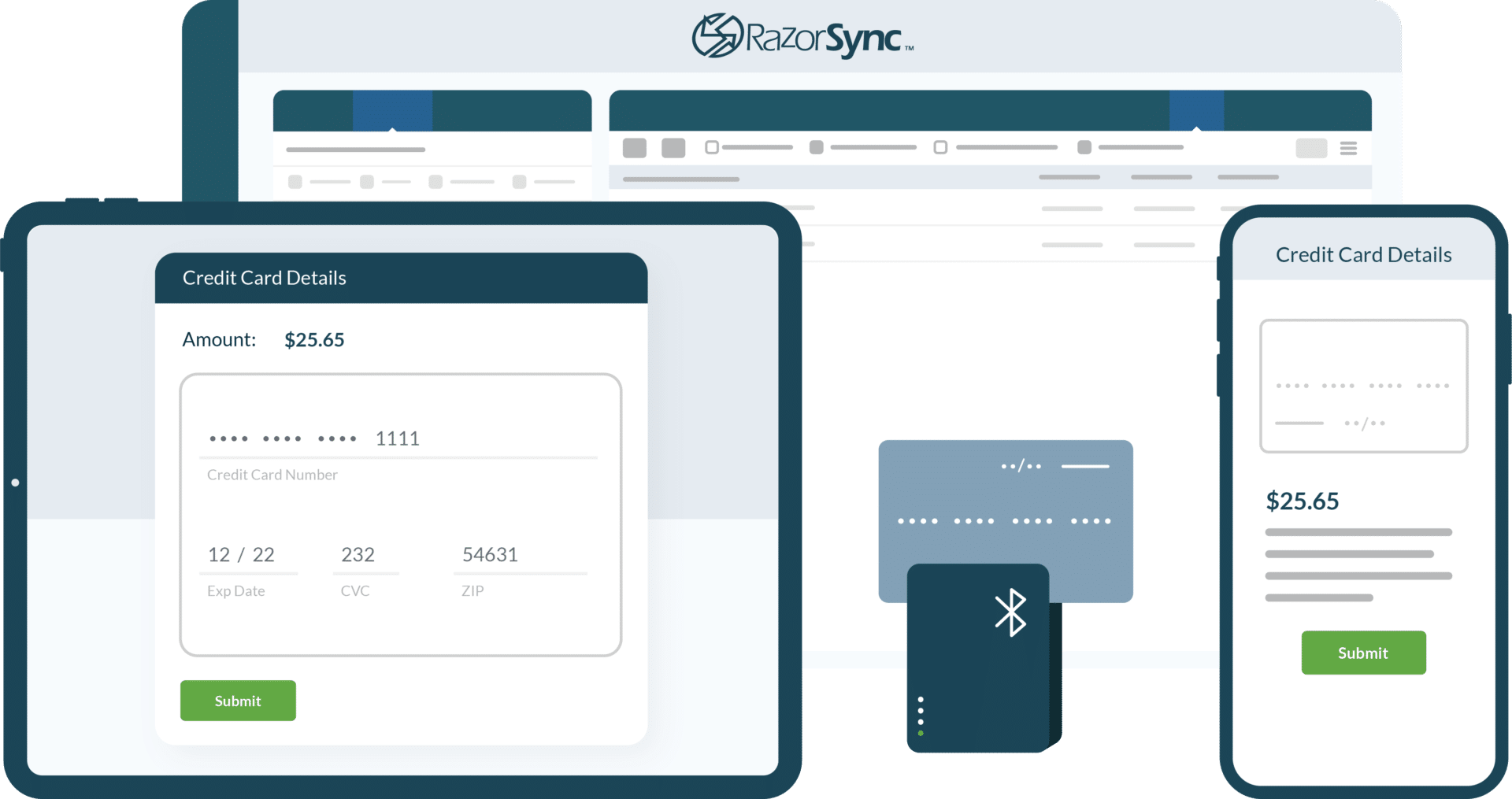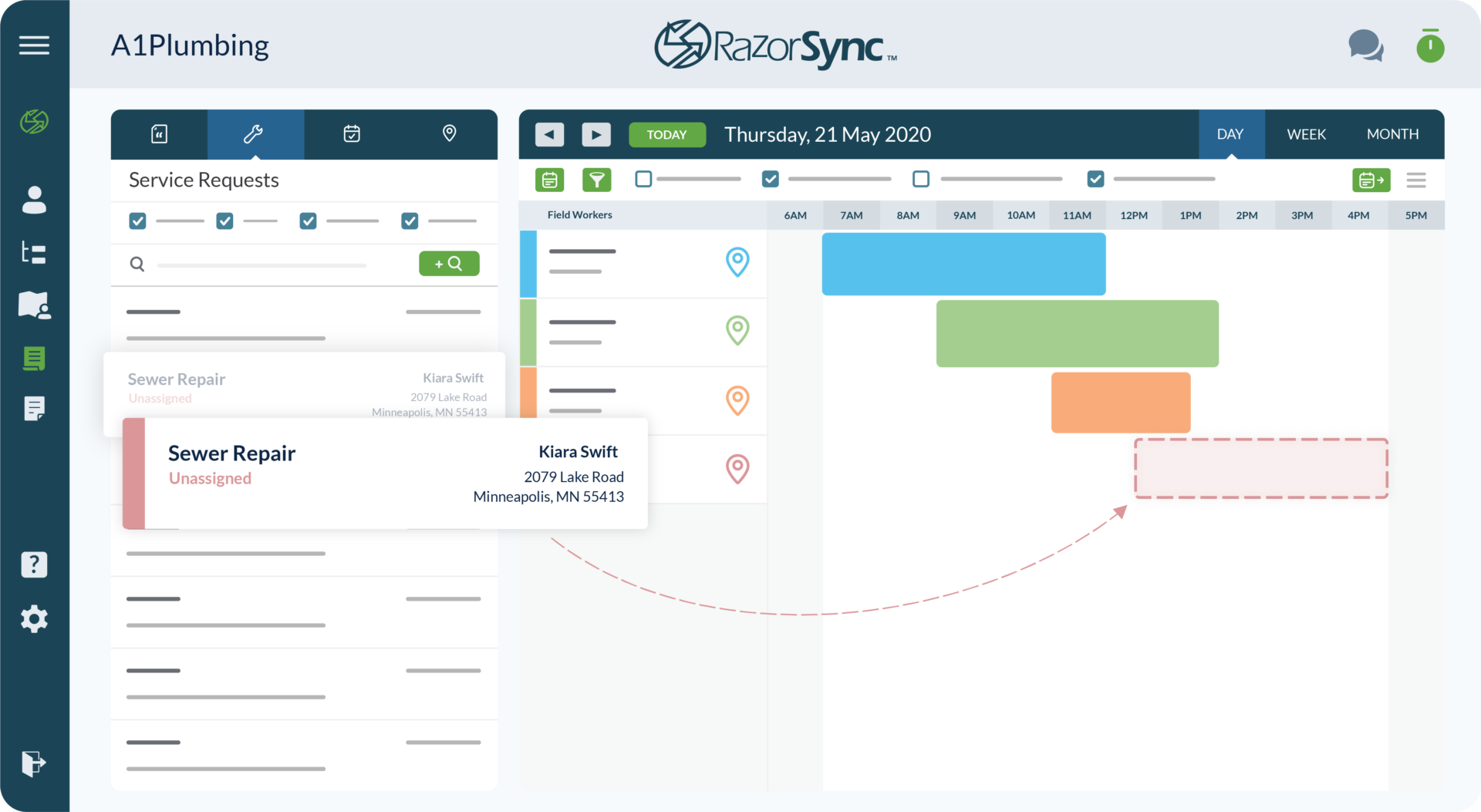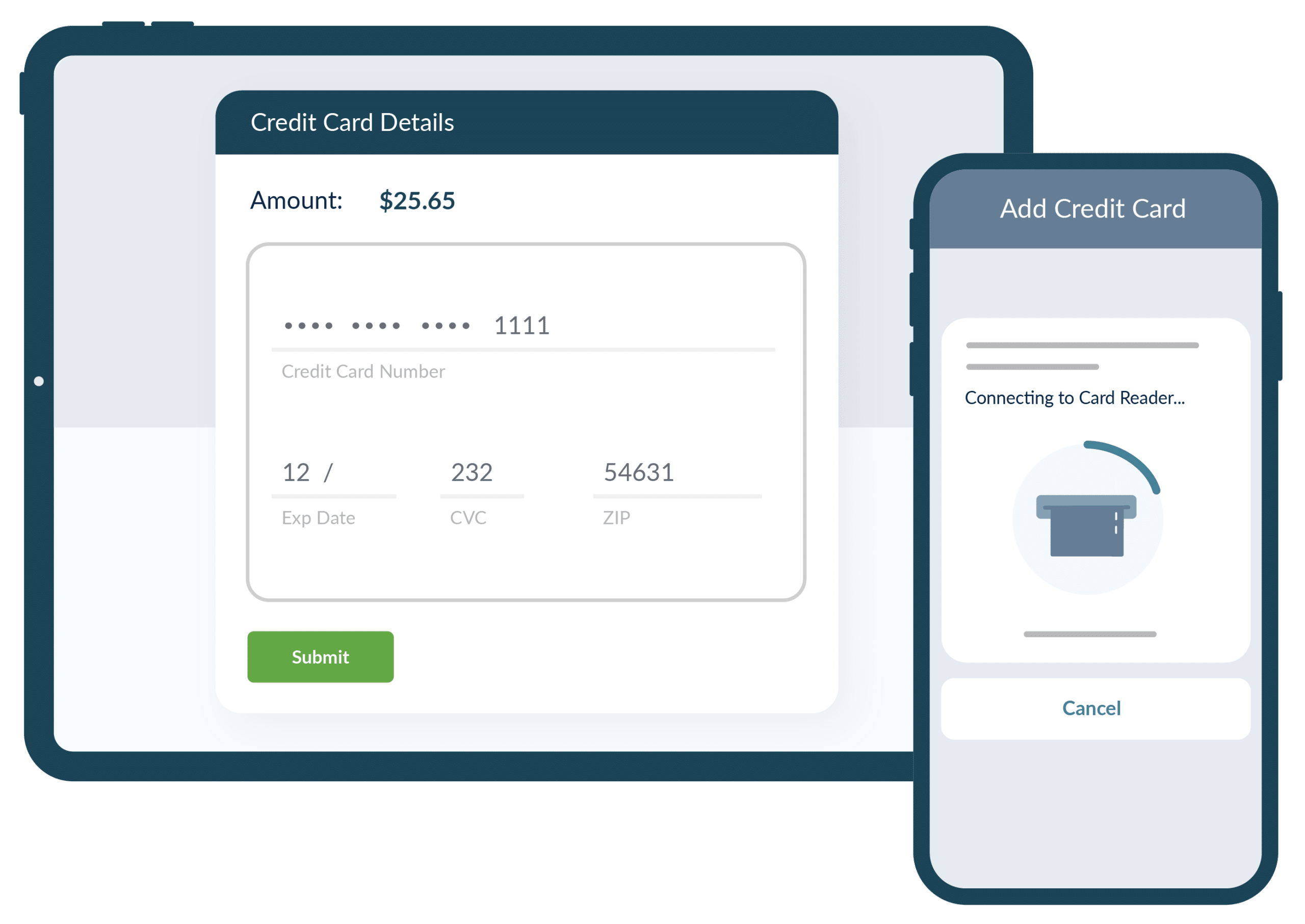The Advantages of Automated Scheduling Software
Field service operations rely heavily on efficient dispatching and scheduling of technicians to customer locations. Careful scheduling is crucial to maximize productivity, ensure on-time arrival...
Jan 03, 2024
# of Minutes to Read

Field service operations rely heavily on efficient dispatching and scheduling of technicians to customer locations. Careful scheduling is crucial to maximize productivity, ensure on-time arrival for appointments, meet service agreements, and deliver quality customer service. Traditionally, the scheduling process for field technicians has been handled manually—examining work orders, technician availability, travel times, and other factors before making scheduling decisions. This manual process tends to be time-consuming and limited in optimizing the efficiency of field operations.
Automated field service scheduling software aims to streamline and enhance the scheduling process using algorithms, real-time data, and analytics. Key capabilities of field service scheduling automation include:
- Optimal job allocation and route creation based on factors like location, required skills, traffic patterns, and predicted job duration
- Real-time schedule updates and progress tracking via mobile devices
- Dispatch capabilities like GPS tracking of technicians
- Customer appointment reminders and notifications
- Integration with other field software like billing, parts/inventory, etc.
- Dashboards, reports, and analytics to provide visibility into technician workload, response times, schedule optimization, and more
By leveraging automated scheduling software, field service organizations can gain significant advantages in productivity, cost efficiency, and customer service. This blog will explore the key benefits of implementing automated field service scheduling across essential areas like technician efficiency, customer satisfaction, and data analytics.
Increased Efficiency and Productivity
Automated scheduling software can allocate jobs and create daily routes for field technicians significantly more efficiently than manual approaches. The software incorporates a wide range of data, including location, traffic patterns, technician skills/certifications, parts/tools required, predicted job duration, and more. It generates optimized schedules and assignments considering all these variables—something extremely difficult and time-consuming to achieve manually.
For example, RazorSync’s field service platform has an “Individual Route Plans” feature that optimizes the team’s schedule to find ways that reduce drive time, unnecessary gas consumption, and vehicle wear and tear. Technicians can complete more jobs per day following better-routed, tightly scheduled days. Reduced windshield time also leads to cost reductions in mileage, fuel usage, and vehicle wear and tear. Overall wrench time also increases under optimized automated scheduling to boost field productivity.
With scheduling software, skillset requirements for specific jobs can easily be matched to available technicians qualified for that work, jobs can be bundled geographically to reduce distances between stops, and appointment times can include careful sequencing and buffer times based on predictions of previous job durations. By leveraging such sophisticated schedule optimization, companies see dramatic productivity improvements compared to manual scheduling approaches.
In addition, automated scheduling software drastically reduces the administrative time spent constructing daily work plans and reactively modifying them. Changes can be made in real-time as new appointments come in, jobs get deferred, or issues arise requiring schedule adjustments. This flexibility and responsiveness further maximize field productivity. The efficiency saves management and office staff time to focus more on improving operations and less on schedule logistics. Automated scheduling empowers field services groups to scale and take on additional work without necessarily adding more administrative overhead—driving greater efficiency per technician hired.
Better Customer Service
Automated scheduling technology can significantly enhance the customer service capabilities of field service organizations. Automated scheduling software platforms typically offer customer-facing features that communicate updates directly to clients regarding appointments.
This includes automated reminders via text or email confirming appointment details, technician name, and estimated arrival window. For instance, using RazorSync’s online customer portal, customers can request service, review quotes, submit payments, and send feedback. Customers appreciate the confirmation of logistics and transparency in schedules. On the day of service, alerts provide real-time notices if a technician is running late.
For true emergencies and urgent issues, automated scheduling delivers unmatched response time improvements over manual approaches. New urgent work orders can trigger quick, optimized reconfigurations of the daily schedule across all field staff. Rapid automated updates, driving directions, and push notifications keep technicians on top of scheduling changes. This minimizes delays in redirecting resources to fix critical customer issues.
By transitioning from whiteboard or spreadsheet-based scheduling to intelligent software automation transforms not just internal operations but the external customer experience too. Appointments become more reliable through streamlined communication, mobile alerts, and predictive analytics driving smarter dispatching. Customers receive a professional experience reflecting strong organization, responsiveness, and on-time customer service. The result is higher retention, referrals, and loyalty.
More Accurate Scheduling
A key advantage that automated scheduling platforms provide over manual approaches is significantly more accurate and realistic scheduling. Scheduling software has the ability to integrate real-time data like traffic conditions and GPS locations to update predictions of travel times between appointments throughout the day. RazorSync allows you to view the location of workers in relation to individual jobs and tasks from one window. This accuracy of data reduces the chances technicians arrive behind schedule due to outdated manual estimates.
Job duration estimates also become more precise. The systems capture complete historical logs of past maintenance calls or installations, noting details like work performed, parts used, and actual time on site. As the historical service records grow, automated algorithms can refine expected job duration estimates to be highly accurate. Technicians are less likely to fall behind or have to rush jobs based on underestimated work order times.
By leveraging real-time data streams, GPS-tracking, and continuous connectivity with techs, intelligent scheduling automation delivers unprecedented visibility and accuracy. Technicians arrive on time, fully equipped for upcoming jobs, while office staff gain trustworthy insight into work progress. This precise optimization and responsiveness drive major productivity gains.
Access to Data and Analytics
Automated scheduling software provides detailed reporting on key metrics like worker schedules, completion rates, costs, and more. Managers can view standard reports on technician productivity, job status, parts usage, customer satisfaction, and other KPIs. More advanced systems even allow you to customize reports to extract and analyze just the data you need to monitor performance and outcomes.
With clear visibility into all of this data, you can spot potential issues, identify areas for improvement, and make informed business decisions. For example, with RazorSync, you can see what jobs for a particular building always take longer than average and address any underlying causes for improvement. This reporting allows you to turn the data into usable business intelligence.
Ongoing analysis means that the platform helps the service organization “learn” and get smarter over time. Workers also build knowledge based on the best practices revealed through data analytics and implement higher standards. This leads to greater quality, efficiency, and innovation across field operations.
Contact RazorSync
As field service organizations grow, manual scheduling simply won’t scale at the same level. The complexity becomes unmanageable. Only by upgrading to automation can companies truly meet rising demand efficiently while making customers happier and effectively leveraging data to improve over time. In an increasingly competitive sector, implementing this type of smart scheduling technology has become critical for field service success now and into the future.
RazorSync is a leading field service management platform driving efficiency, growth, and innovation for field services. Contact us today to learn more and get a demo showing how our platform can transform your field service.
